What’s your take on iOS 8, Swift and OS X Yosemite?
Got your own favorite features in Apple’s latest releases? Let us know in the comments below.
Photos: Jim Merithew/Cult of Mac
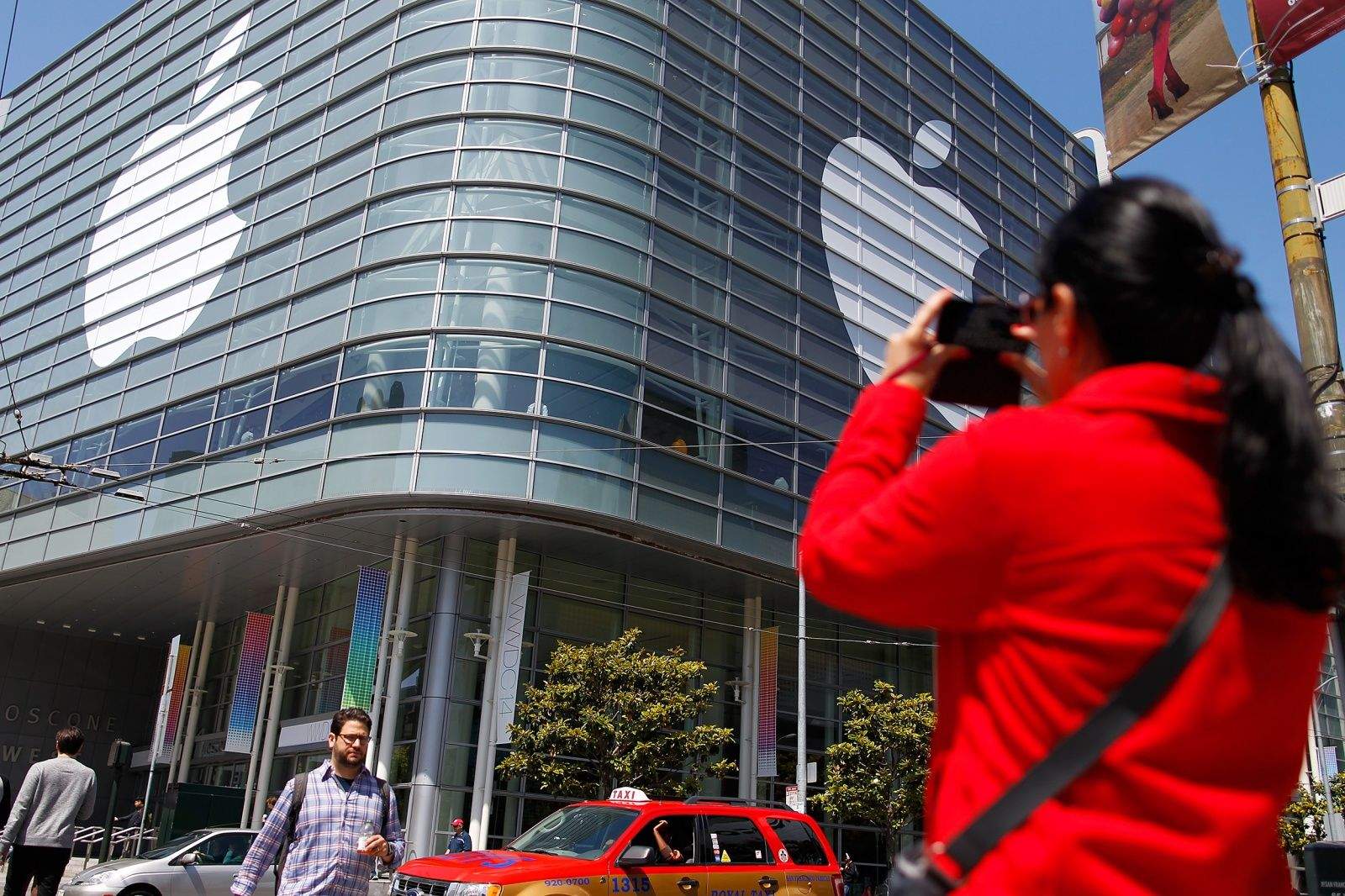
SAN FRANCISCO -- While Apple watchers tuned into last week's Worldwide Developers Conference keynote for a look at where the company might be headed, coders at the annual convention were getting a look at the current state of the art when it comes to the company's software.
Cult of Mac asked developers from around the world who were in town for WWDC (or its indie sibling, AltConf) what they thought about changes coming in iOS 8 and OS X Yosemite. We also asked them about their favorite apps as well as their views on Swift, the new programming language Apple introduced at WWDC. Get their takes in the gallery above.
Got your own favorite features in Apple’s latest releases? Let us know in the comments below.
Photos: Jim Merithew/Cult of Mac
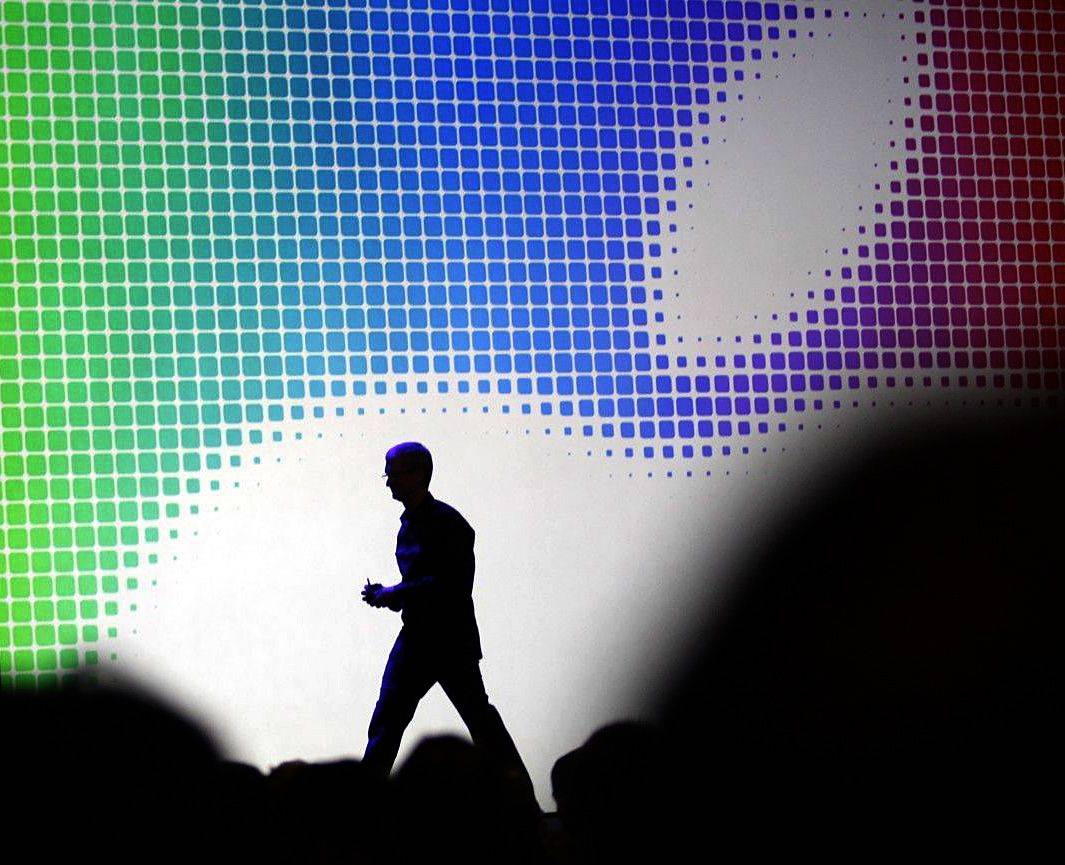
Instead of dropping an iWatch or some other hardware bombshell at WWDC, Apple showcased the futuristic tools it will use to extend its rapidly growing empire.
“Apple engineers platforms, devices and services together,” said Apple CEO Tim Cook as he wrapped up the Worldwide Developers Conference keynote Monday in San Francisco. “We do this so we can create a seamless experience for our users that is unparalleled in the industry. This is something only Apple can do.”
Casual observers (and stock analysts) might fret that there was no big wearables reveal, no amazing new Apple TV, not even a spec boost for an existing device during the highly anticipated WWDC kickoff.

Gibson’s luthiers prototyped the Explorer (alongside pointy siblings the Flying V and the apocryphal Moderne) in the ’50s. The space race was on, rock ‘n’ roll was coming into its own and cars boasted bold curves and sci-fi fins. The Explorer and Flying V were released in 1958, a year after the Soviets launched Sputnik 1. (The Moderne didn’t makes its official debut until 1982.)
Like the beautiful but doomed Power Mac G4 Cube, the radically shaped guitars were clearly ahead of their time: These pointy instruments, which years later would become staples of heavy metal and hard-rock style, flopped hard. Gibson discontinued both lines within a few years.
In 1976, spurred by the success of competitors’ Explorer clones, Gibson came to its senses and reissued the Explorer. The natural mahogany finish on the best of these, much like the lighter Korina of the original models, gave the strangely shaped guitars a retro-futuristic look. That marriage of old and new is coming back into fashion now as designers tumble to the innate beauty of natural materials.
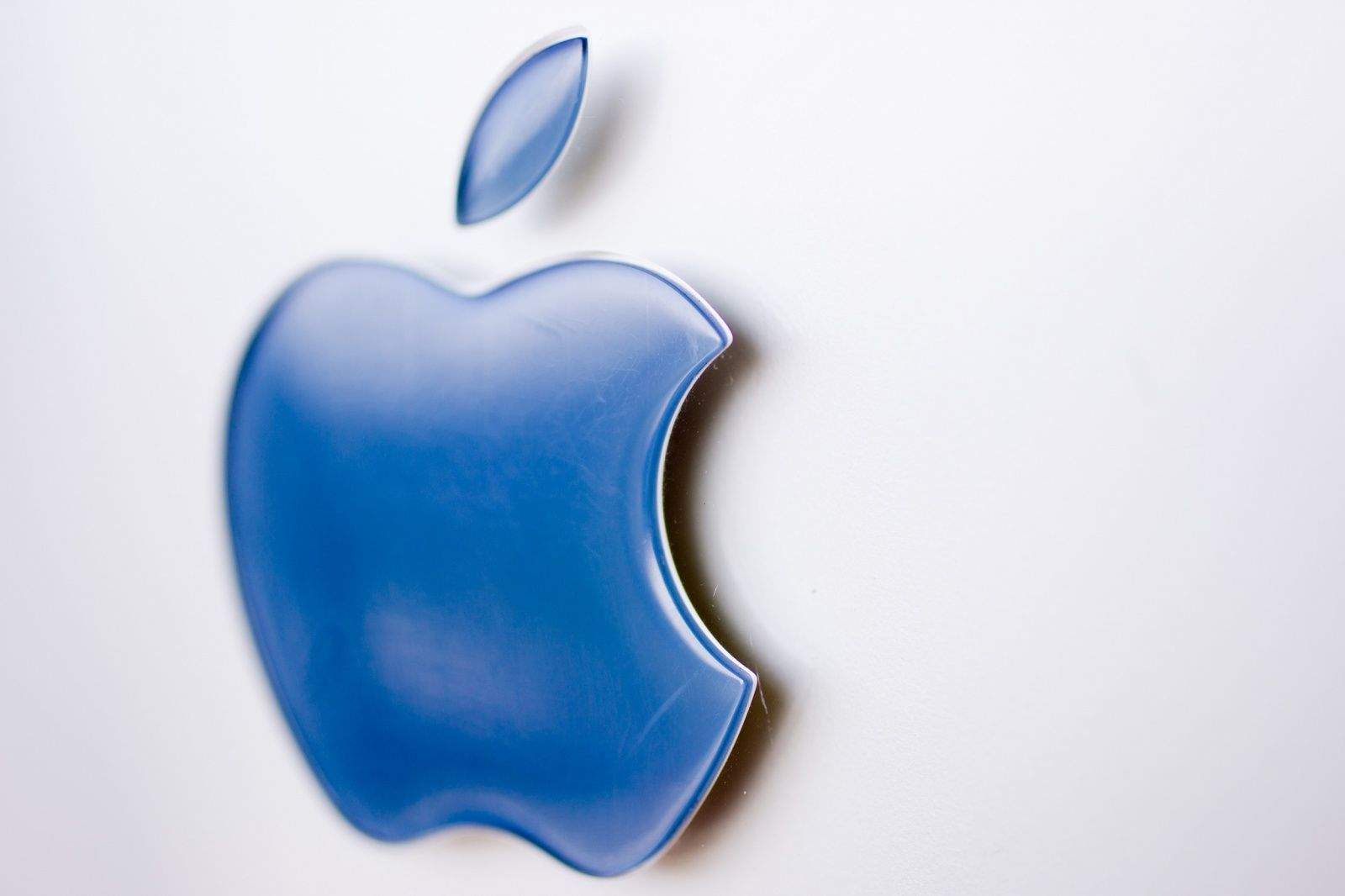
The Power Mac G4 Cube, introduced in July 2000, delivered a fair amount of Apple computing power in a unique see-through enclosure made of acrylic glass. Designed by Jony Ive, the futuristic-looking Cube offered a glimpse of the sleek industrial design that would come to epitomize Apple’s upscale take on consumer technology.
“I just remember it being this incredibly elegant, sexy machine that looked nothing like a computer,” said Randall Greenwell, director of photography at The Virginian-Pilot and a longtime Apple aficionado, in an email to Cult of Mac.
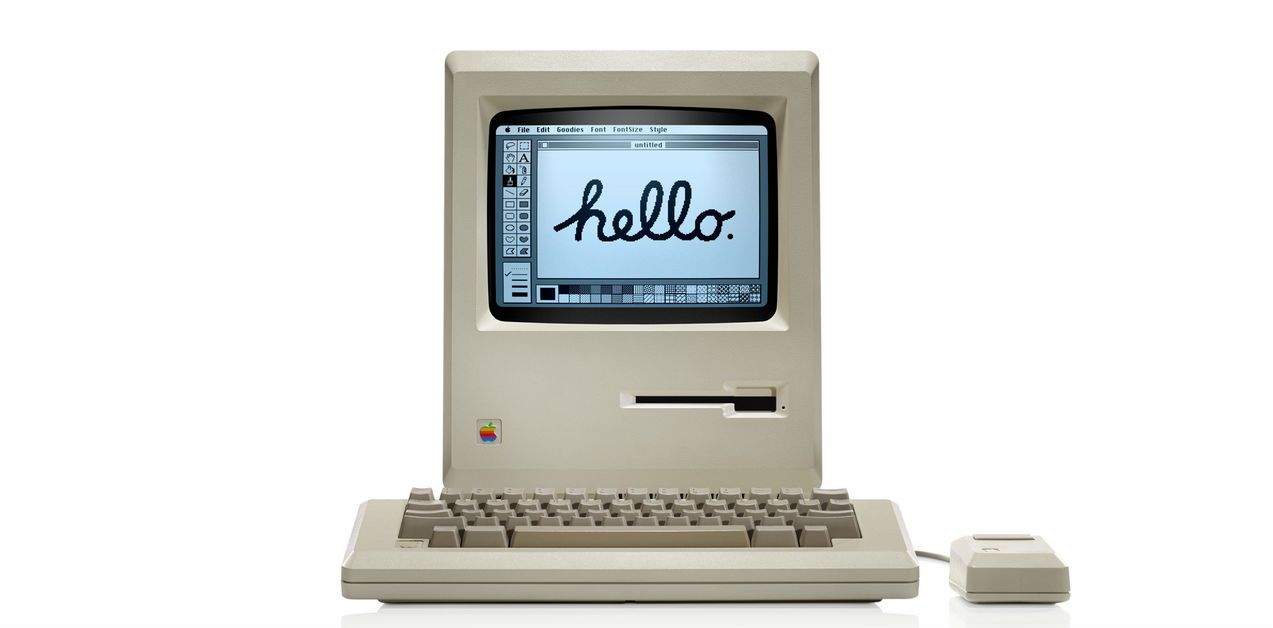
The Mac turns 30 today. It’s a big day for Apple, and obviously it’s a big day for every member of the Cult of Mac (that means you!).
Here’s a roundup of all our stories about the Mac’s milestone:
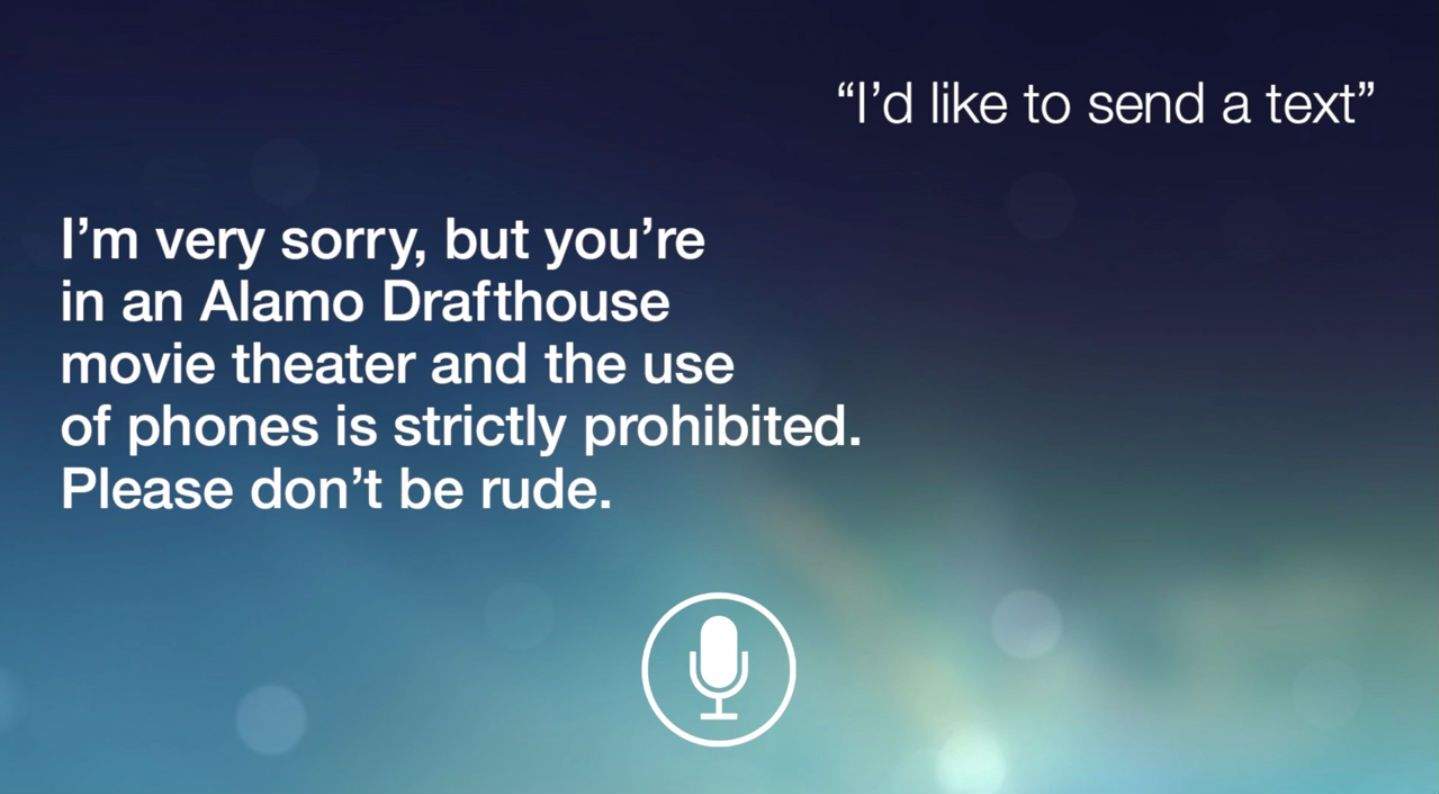
Siri has a dark side. Try to send a text in a movie theater, and you might feel the life-destroying wrath of Apple’s perky AI helper.
That’s the message delivered in a new PSA-style video that’s the Alamo Drafthouse‘s latest salvo in the war on rude moviegoers. The creative clip, which will be shown ahead of screenings of Spike Jonze’s Her at the indie tastemaker’s theaters, uses the voice of Siri to send an anti-texting message.

It’s not easy making a posthumous movie about the world’s most well-known and beloved control freak. Just ask Joshua Michael Stern, director of new Steve Jobs biopic Jobs. The film delves into the early days of Apple Computer as Stern paints a picture of a man he calls a “brutally honest character.”
Don’t go into the PG-13 Jobs expecting any bombshells about Apple’s late, great maximum leader — you won’t find any. Instead, what you’ll get is a straightforward cinematic take on Jobs’ early partnership with Apple co-founder Steve Wozniak (played mostly for comic relief by Josh Gad), a healthy dose of Hollywood-style boardroom intrigue and a few glimpses into Jobs’ personal life. Many of the scenes, whether factually accurate or not, have been woven into the tapestry of tech history. And Jobs, who died of pancreatic cancer in 2011, obviously isn’t around to fact-check the past or exert his famous control over the final product.
“Part of the shackles for me as a director was, we really had to do everything that was sort of public domain, you know, we couldn’t stray too far off of what we basically knew about Steve,” Stern told Cult of Mac during a recent interview at the Ritz-Carlton hotel in San Francisco. “But the interesting thing about Steve, being such an enigma, there really isn’t that much more to know at all. I mean, everyone knows what they know.”
![SkySafari App Lets You Simulate Cassini’s Deep-Space Snapshot Of Earth [Daily Freebies] skysafari](https://www.cultofmac.com/wp-content/uploads/2013/07/skysafari.jpg)
Some space geeks are calling today “The Day the Earth Smiled,” because the Cassini probe is set to take a picture of our planet as seen from Saturn later this afternoon. To honor this momentous occasion, the maker of astronomy software SkySafari is giving away basic versions for iOS and OS X (and discounting the Android version) through Sunday.